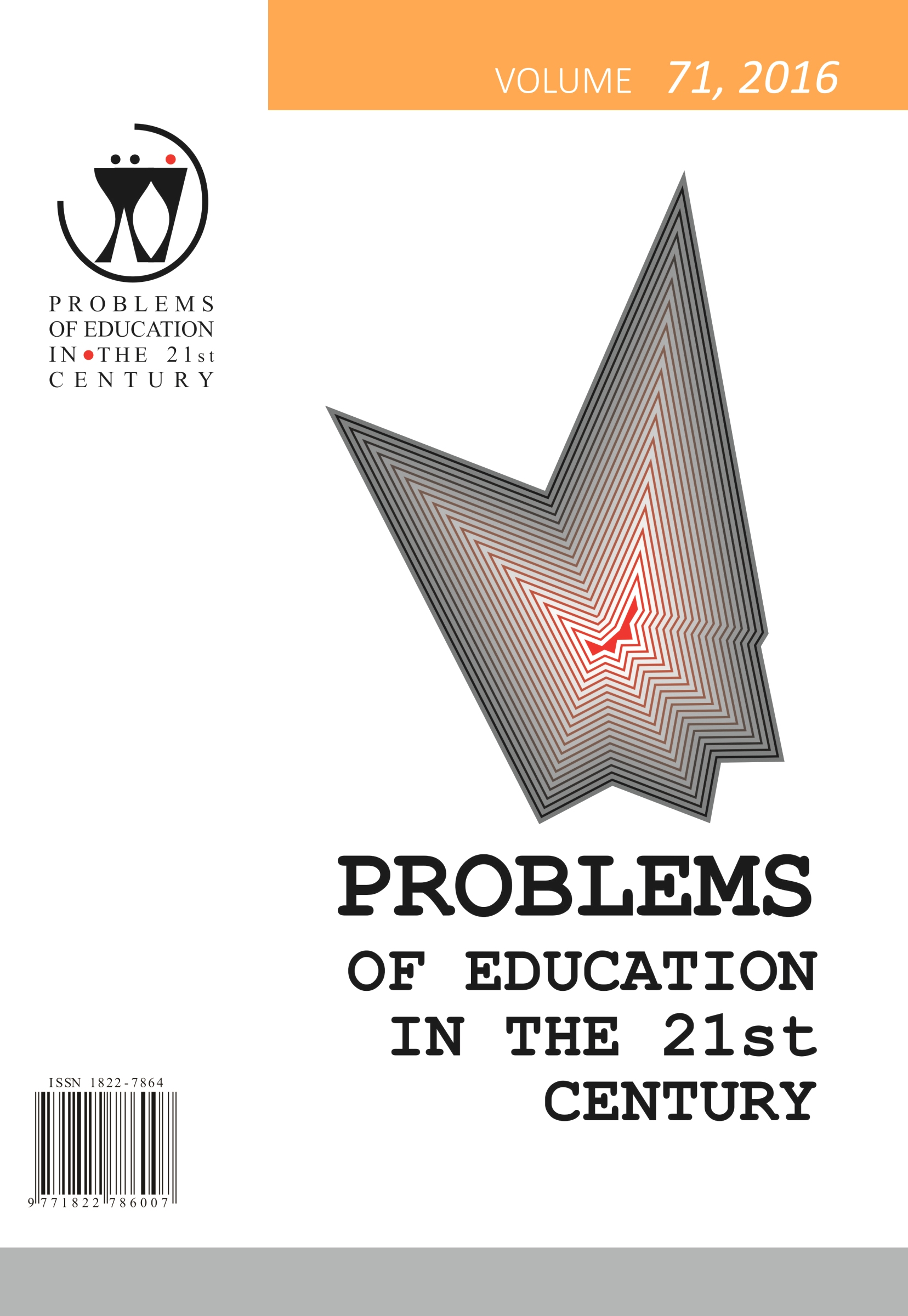MODELING THE STRUCTURAL RELATIONS AMONG LEARNING STRATEGIES, SELF-EFFICACY BELIEFS, AND EFFORT REGULATION
MODELING THE STRUCTURAL RELATIONS AMONG LEARNING STRATEGIES, SELF-EFFICACY BELIEFS, AND EFFORT REGULATION
Author(s): Şenol ŞenSubject(s): Education, School education
Published by: Scientia Socialis, UAB
Keywords: effort regulation; high school students; learning strategies; self-efficacy beliefs; structural equation modeling;
Summary/Abstract: This research examined the relations among students’ learning strategies (elaboration, organization, critical thinking and metacognitive learning strategies), self-efficacy beliefs, and effort regulation. The Motivated Strategies for Learning Questionnaire (MSLQ) was used to measure students’ learning strategies, self-efficacy beliefs, and effort regulation. A total of 227 high school students participated in the research. Confirmatory factor analysis and path analysis were performed to examine the relations among the variables of the research. Results revealed that students’ metacognitive learning strategies and self-efficacy beliefs statistically and significantly predicted their effort regulation. In addition, the students’ self-efficacy beliefs directly affected deep cognitive learning strategies and effort regulation but indirectly affected metacognitive learning strategies. Furthermore, 88.6 % of the variance in effort regulation was explained by metacognitive learning strategies and self-efficacy beliefs.
Journal: Problems of Education in the 21st Century
- Issue Year: 71/2016
- Issue No: 1
- Page Range: 62-72
- Page Count: 11
- Language: English

